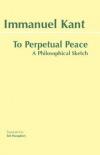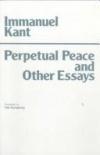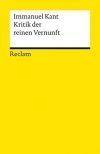
"Puhta mõistuse kriitika" on saksa filosoofi Immanuel Kanti tuntuim filosoofiline teos, tema tunnetusteoreetiline peateos. Königsbergi filosoof kirjutas selle teose oma kolmest kriitikast esimesena. "Puhta mõistuse kriitikaga on seotud veel "Prolegomena igale tulevasele metafüüsikale, mis on võimeline esinema …
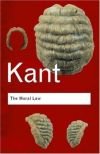
"Alusepanek kommete metafüüsikale" on Immanuel Kanti esimene raamat eetikast. See ilmus 1785.
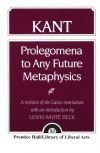
Prolegomena to Any Future Metaphysics That Will Be Able to Present Itself as a Science is a book by the German philosopher Immanuel Kant, published in 1783, two years after the first edition of his Critique of Pure Reason. One of Kant's shorter works, it contains a summary of the Critique‘s main conclusions, sometimes …
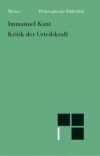
"Otsustusvõime kriitika" ehk "Otsustusjõu kriitika" on Immanuel Kanti filosoofiline teos, mis ilmus esmakordselt 1790. aastal. Raamat on kolmas Kanti teos, mis tegeleb mõtlemise kriitikaga, seepärast nimetatakse seda vahel ka "kolmandaks "Kriitikaks"". "Otsustusvõime kriitikas" käsitleb Kant esteetikat ning …
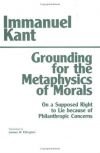
"Alusepanek kommete metafüüsikale" on Immanuel Kanti esimene raamat eetikast. See ilmus 1785.
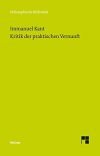
"Praktilise mõistuse kriitika" on saksa filosoofi Immanuel Kanti üks peateoseid, mis ilmus esmakordselt aastal 1788. Raamat arendab edasi Kanti "Puhta mõistuse kriitikas" esitatud seisukohti eetika ja moraalifilosoofia vallas. Järjekorras teine "Kriitika" mõjutas olulisel määral eetikateooria edasist arengut ning …
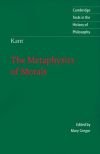
The Metaphysics of Morals is Kant's final major work in moral philosophy. In it, he presents the basic concepts and principles of right and virtue and the system of duties of human beings as such. The work comprises two parts: the Doctrine of Right concerns outer freedom and the rights of human beings against one …
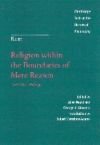
Religion within the Bounds of Bare Reason is a 1793 book by the German philosopher Immanuel Kant. Although its purpose and original intent has become a matter of some dispute, the book's immense and lasting influence on the history of theology and the philosophy of religion is indisputable. It consists of four parts, …

 English
English Español
Español Deutsch
Deutsch
